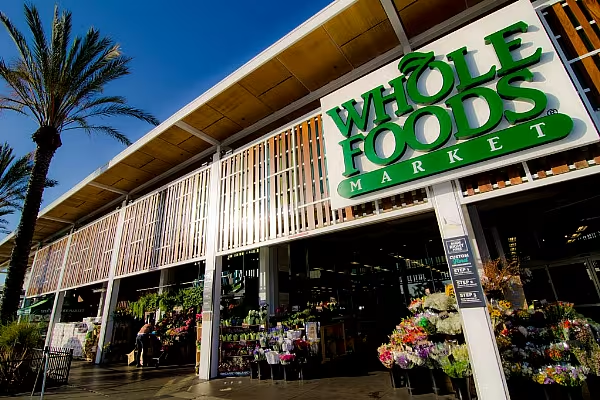Amazon’s splashy takeover of Whole Foods, complete with deep price cuts, did more than bring a surge of publicity to the chain: it boosted customer traffic by 25%.
That’s the finding of Foursquare, which compiled location information during the first two days after Amazon completed its acquisition of the grocer. The data, culled from shoppers’ mobile devices, was compared with the same period a week earlier.
Amazon acquired the upscale chain last month for $13.7 billion, a move that has brought turmoil to the supermarket industry and sent shares of grocery rivals tumbling. The same day it completed the acquisition, the e-commerce giant cut prices by as much as 43% on a range of items. Organic fuji apples were marked down to $1.99 a pound from $3.49 a pound, for instance. Organic avocados dropped to $1.99 each from $2.79.
The traffic data is an optimistic sign that Amazon can succeed in the brick-and-mortar world. In some areas, the jump in customers was dramatic. At stores in Chicago, 35% more shoppers visited Whole Foods stores, Foursquare found.
Grocery Distribution
Whole Foods should help Amazon build a distribution network, letting the company deliver more food to online shoppers. But the e-commerce seller still faces plenty of challenges. Handling fresh food is a tricky and expensive proposition that has vexed Amazon for a decade.
And even with Whole Foods, Amazon remains a small player in the grocery business. It controls less than 2% of an $800 billion market dominated by Walmart Stores, Kroger, and Albertsons.
Whole Foods also had struggled in the years leading up to the merger, hurt by its organic produce becoming less of a novelty. Kroger and Wal-Mart have aggressively expanded their organic offerings, often at lower prices.
News by Bloomberg, edited by ESM. Click subscribe to sign up to ESM: The European Supermarket Magazine.











